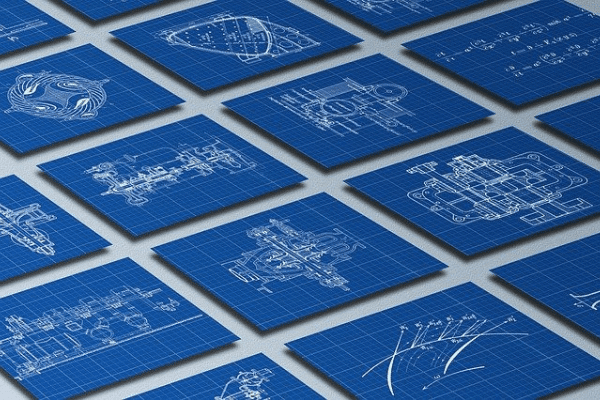Prototyping allows us to accurately test the usability of a design, the materiality, functionality, performance and, ultimately, the feasibility of a product. In this article we will explain what prototyping consists of, what its benefits are and the most common techniques that exist in the materials industry.
What is prototyping?
Industrial prototyping can be defined as the first step in making ideas tangible and materializing product design concepts. Prototyping is involved in problem solving, production efficiency, material feasibility, quality assurance and functionality.
The practice of validating ideas through physical prototyping will be a crucial step in the industrial process.
Designers will transition between conceptual design, 3D CAD modeling and prototyping to validate their ideas through different techniques such as rapid prototyping. This back and forth conversation between design and prototyping creates an iterative process where each part reveals new opportunities and problems to explore and refine.
Phases: How to prototype a product.
1. Prototype design discussion
Visualization is a significant part of prototype development and is also the basis for design discussion. During the idea generation stage and the initial expression of the design in a 2D sketch, prototypes will act as the object of discussion to ensure the refinement of your future creation.
2. Design optimization
In terms of design optimization, it is essential to reflect the idea from concept to reality and material. For this purpose, different engineering methods will be used to obtain the model, which will be refined as different techniques are applied. A good example is the automotive industry, which manufactures full-scale prototypes in clay modeling. They then scan it and obtain the design on which to work on efficiency and prototyping.
3. Evaluation of the design and prototype
The purpose of prototyping is to test it, collect feedback, and improve it before manufacturing the new product.
Therefore, it is necessary to build accurate and functional presentation models to be tested for ergonomic evaluation, dimensional tolerances, form and function fit, or potential costs. This ensures that the product meets industry expectations and standards and, if not, can be modified.
4. Verification and validation
Prototyping and low-volume manufacturing are key steps in the validation and consolidation of an industrial product. In this last phase, the proof-of-concept model will move from concept to high-quality engineering prototypes and pre-production samples, which will simulate the final product and guide mass production through a series of validation phases.
This will verify whether the design meets the expected product specifications and performance. To this end, basic functional tests, manufacturing processes, parametric performance measurements and verification of certification standards will be carried out.
Benefits of prototyping
- Early discovery of design problems.
- Estimation of production costs, manufacturing time and material requirements.
- Select machinery required for production.
- Testing to determine fit and durability.
- Receive feedback from customers and end users.
- Identify improvements.
- Establish function and final design.
- Raising funds and investors.
The first benefit of prototyping is based on determining design and manufacturing problems. Early detection can prevent problems later in the production process, limiting waste costs and the reproduction of defective parts. In addition, prototyping helps us estimate needs and materials, as well as manufacturing time and personnel requirements.
In addition, prototype testing can help us answer many questions. For example, we can ask whether the product can be produced with existing machinery, what adaptations need to be made to manufacture it, or whether new machinery needs to be purchased. It will also help us to determine whether the materials used are durable and able to withstand wear and tear.
Most common prototyping techniques
Choosing the right technique for prototyping is essential. From the creation of sketches or appearance models, to the generation of rapid prototyping models. The latter is the most used nowadays in the industry thanks to its speed, low cost and efficiency.
- Sketches: they are very useful at the beginning of the design, since they help to understand an object and give a general idea of its design.
- Appearance models: these are prototypes that look like the part, but do not actually work. They are used to refine the appearance of a product and are especially useful when choosing the finish.
- Rapid prototyping: is a process by which we create objects in order to test our product before launching it to the market easily and cheaply. The creation of a prototype usually costs hundreds of euros and hours of work. With rapid prototyping, thanks to tools such as 3D printing, laser or CNC milling, we can save costs and have our prototype ready the same day.
In short, prototypes are the key we need to get a great product design consistently. That’s why at Infinitia, we have the best strategic design and prototyping team that will be at the service of your project. Do not hesitate to contact us.





